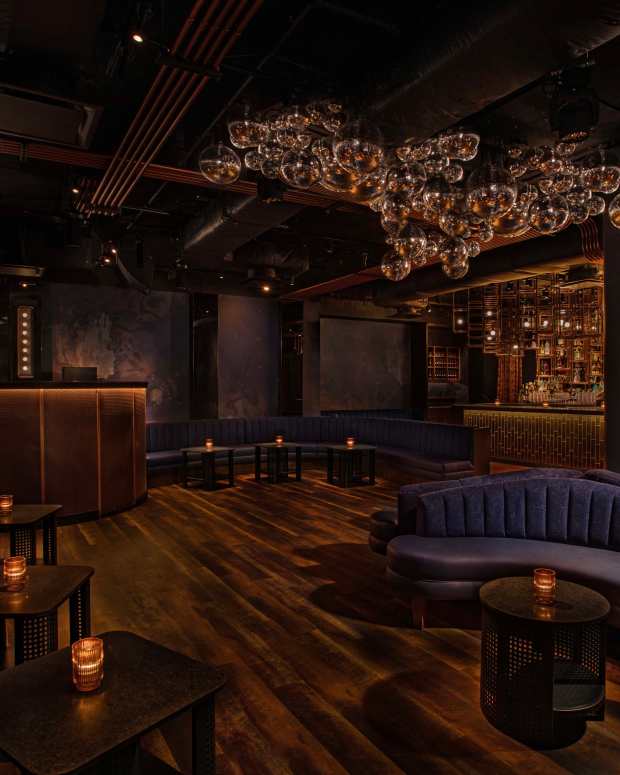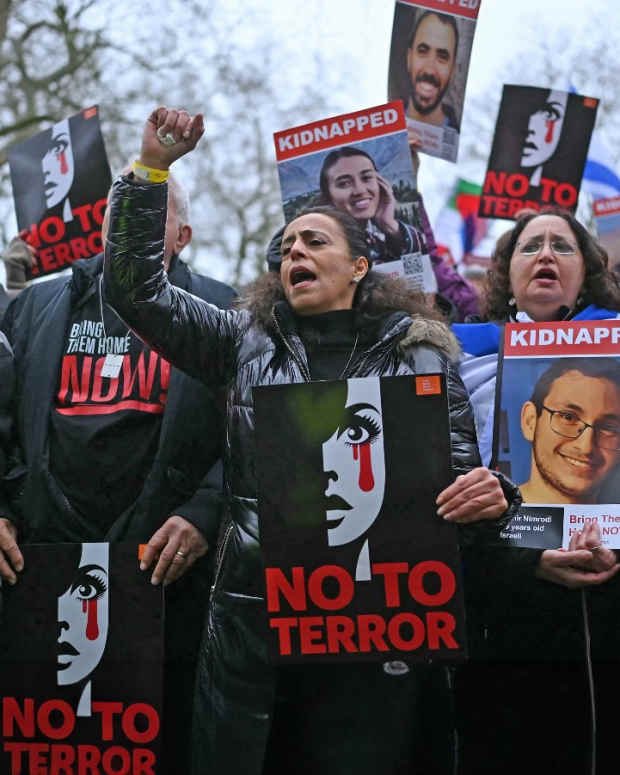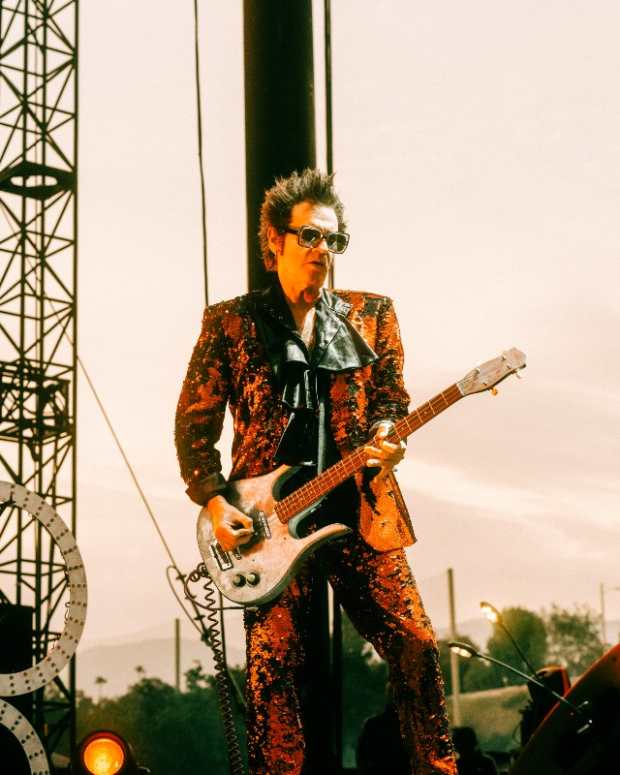Black Artist Lili Bernard Shares Her Thoughts on Diversity
What inspired you to create BAILA?
I was frustrated with the dearth of representation of Black and brown people in museums and galleries. I found that the most disenfranchised of the three groups of underrepresented artists— Black, Chinese, and Latino—is by far the Black artist. That was also reflected in art academia. Most people who are exhibited in galleries have [a Master of Fine Arts (MFA) degree]. Very few Black and brown people get accepted into MFA programs and if they are accepted they can’t afford to go.
What was your own MFA program experience like?
My experience at Otis College of Art and Design was not unlike the experiences of a lot of Black and brown artists who go the academic route. When I was in graduate art school in 2014, there were a number of white feminist professors who said the most racist things on a regular basis in such an inadvertent way that they didn’t even realize they were inflicting microaggressions of racism upon me and my Black and brown peers. These are well-intending white people who have been so enculturated in their privilege that they lack the sensitivity to say things that are not going to be racially offensive. A well-known curator of a famous museum in L.A. came to Otis and looked at my work, rolled her eyes with disinterest, and proceeded to ask me, “Do you ever paint white people?” I was dodging these microaggressions of racism every day.
What are some of the biggest issues the art world is facing when it comes to diversity?
[Museums] are failing to give audiences access to works by artists of color. You look at [Pasadena-based artist and BAILA member] Adrienne DeVine’s artwork (featured here), and don’t necessarily think “that’s a Black artist.” The population is deprived of her art because she’s a Black woman. Museums turn a blind eye to us. The Black image, particularly the Black female figure, is something that is almost absent in the annals of art history. And that’s why I, as an artist, do paint the Black female figure, to insert her into the archives of a history from which she has been omitted.
Where is there room for improvement?
It starts at the top. When you have a faculty or a museum board of directors that’s all white, you are not going to see the changes in the curriculum, you’re not going to see the changes in the artists who are represented, because people tend to be interested in what’s familiar to them.
What would you like to see BAILA accomplish in the next year?
My answer pertains to what I would like to see all Black artists in Los Angeles accomplish in the next year. My prayer for all of us is that we feel inspired and are supported enough to continue producing relevant works of art. I hope that we all continue to evolve in our creative expression, and that we reap rewards for our hard work in the form of healing, growth, productivity, reviews, awards, exhibitions, and sales.










